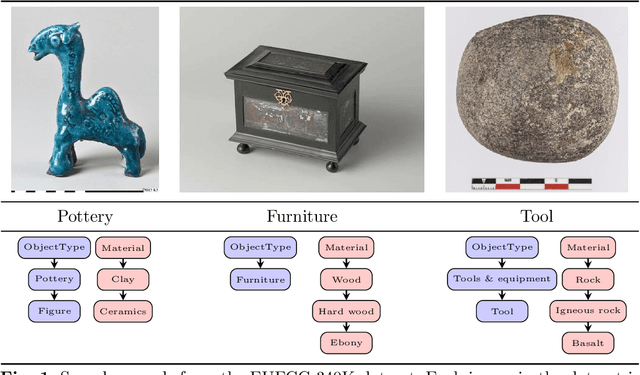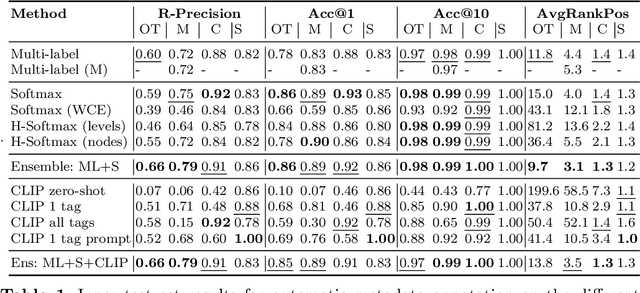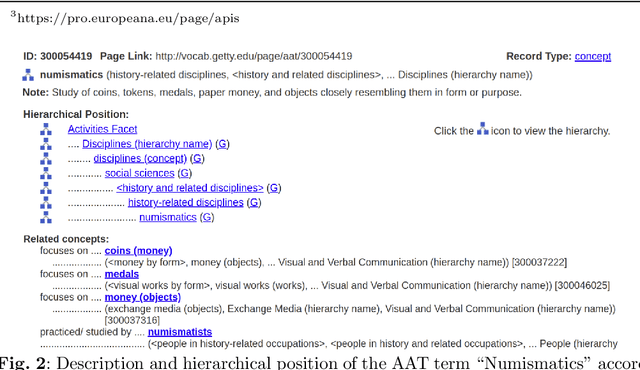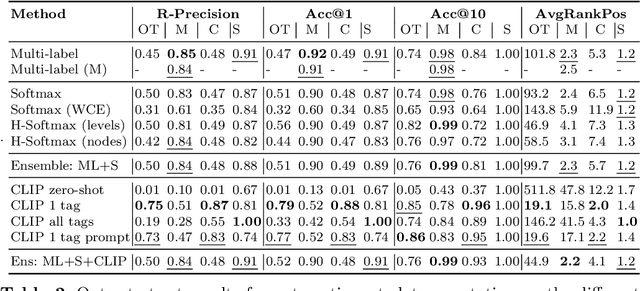Pep Casals
Transductive Learning for Near-Duplicate Image Detection in Scanned Photo Collections
Oct 25, 2024Abstract:This paper presents a comparative study of near-duplicate image detection techniques in a real-world use case scenario, where a document management company is commissioned to manually annotate a collection of scanned photographs. Detecting duplicate and near-duplicate photographs can reduce the time spent on manual annotation by archivists. This real use case differs from laboratory settings as the deployment dataset is available in advance, allowing the use of transductive learning. We propose a transductive learning approach that leverages state-of-the-art deep learning architectures such as convolutional neural networks (CNNs) and Vision Transformers (ViTs). Our approach involves pre-training a deep neural network on a large dataset and then fine-tuning the network on the unlabeled target collection with self-supervised learning. The results show that the proposed approach outperforms the baseline methods in the task of near-duplicate image detection in the UKBench and an in-house private dataset.
EUFCC-340K: A Faceted Hierarchical Dataset for Metadata Annotation in GLAM Collections
Jun 04, 2024



Abstract:In this paper, we address the challenges of automatic metadata annotation in the domain of Galleries, Libraries, Archives, and Museums (GLAMs) by introducing a novel dataset, EUFCC340K, collected from the Europeana portal. Comprising over 340,000 images, the EUFCC340K dataset is organized across multiple facets: Materials, Object Types, Disciplines, and Subjects, following a hierarchical structure based on the Art & Architecture Thesaurus (AAT). We developed several baseline models, incorporating multiple heads on a ConvNeXT backbone for multi-label image tagging on these facets, and fine-tuning a CLIP model with our image text pairs. Our experiments to evaluate model robustness and generalization capabilities in two different test scenarios demonstrate the utility of the dataset in improving multi-label classification tools that have the potential to alleviate cataloging tasks in the cultural heritage sector.
 Add to Chrome
Add to Chrome Add to Firefox
Add to Firefox Add to Edge
Add to Edge